
For some years now, I have been teaching classes to homeowners for the local water district. The classes cover the different elements of creating a watershed-wise garden. We cover a lot of information over three hours, and it can get pretty overwhelming, so I tell the folks, “If there is only one thing you do after you leave here, lay down mulch in your garden beds.”
Mulch has a multitude of benefits. It acts as a blanket in the garden, protecting the roots of plants from temperature extremes of both heat and cold. It also helps to hold moisture in the soil, lessening evaporation and allowing the plants more opportunity to access the water in the soil for their benefit. It can keep dirt from splattering all over the side of your house when it rains. And it helps to keep the larger percentage of weeds from sprouting. Aesthetically, it can be used to cover drip irrigation tubing and lighting wire. Finally, it is an attractive finishing touch to the garden.
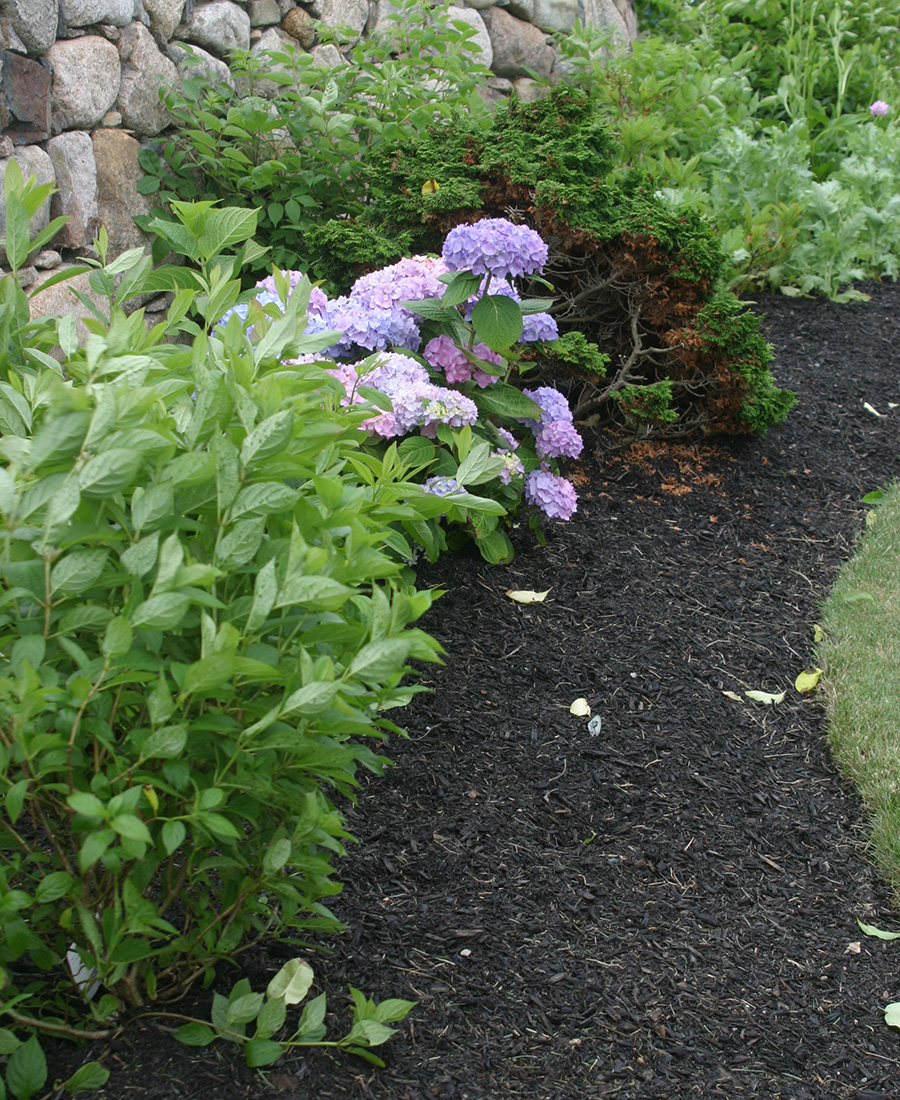
Shredded wood
I mostly favor a shredded, or threaded, wood mulch because of the added benefits it provides. As the wood settles into the soil, it adds to the biology of the soil as it breaks down and is fed upon by microorganisms. It improves soil texture, especially if you have sand or clay. Of course, the negative to shredded wood is that it needs to be replenished. But it allows the soil more of an opportunity to breathe than does decomposed granite or gravel.
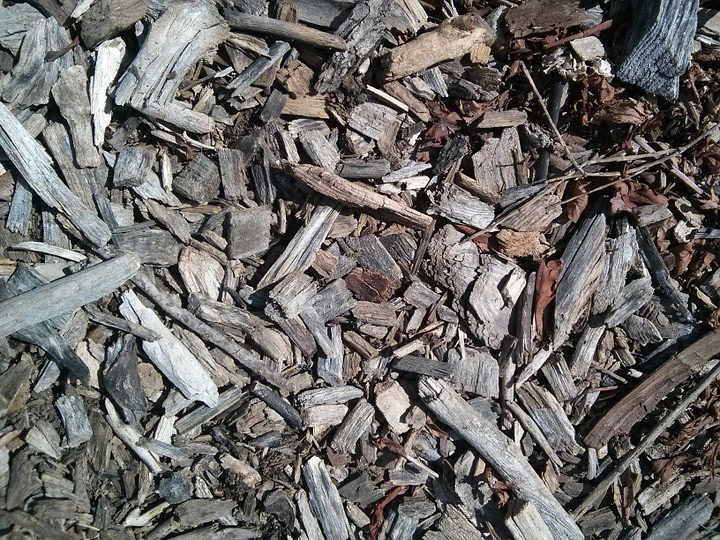
Bark nuggets
A mulch of bark nuggets, dyed or undyed, can look nice as long as it is well maintained. Black-colored nuggets especially are great for a modern or contemporary look. But as this type of mulch has a tendency to move and create bare spots, it needs more attention. It does not have the threads that shredded bark does to hold itself together. It should never be used on any degree of slope and is not the best for covering drip lines and lighting wires.
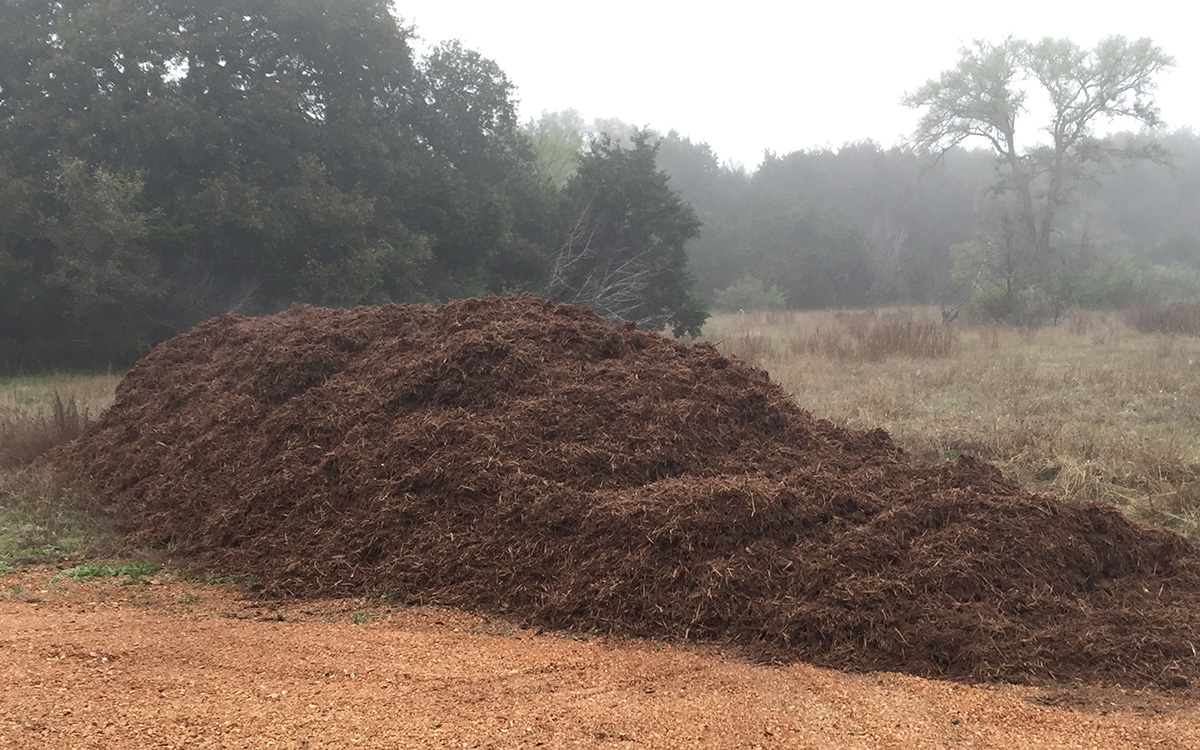
If you are purchasing wood-based mulch in bulk, or even getting free mulch from your city, be aware that it often contains bits of plastic, large chunks of wood, and other unwanted materials that need to be picked out by hand. Do a sniff test. If the mulch smells bad, it has not been composted enough and may contain weed seeds. In that case, it’s best to find another source.
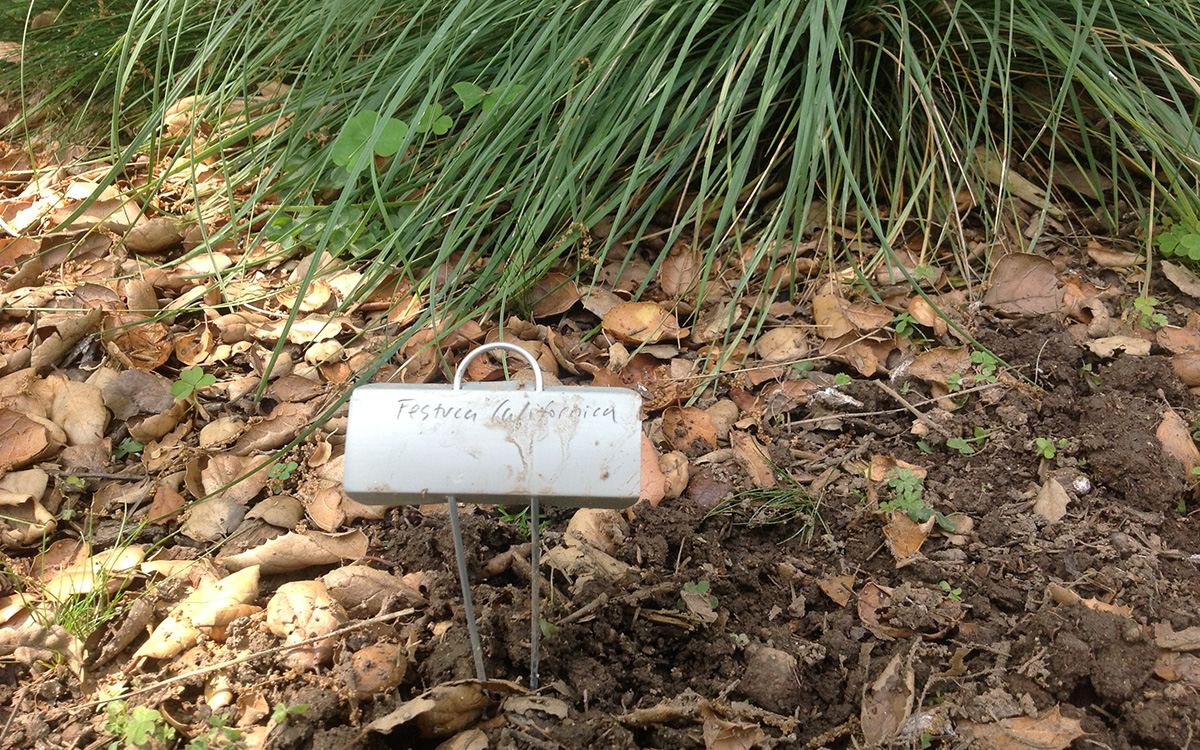
Oak leaf litter
If you have mature oak trees (Quercus spp. and cvs., Zones 4–10) on your property, you are lucky enough to enjoy the natural leaf litter mulch that the trees produce on their own. We often try to mimic Mother Nature, but why not allow her to do her own work when she offers?
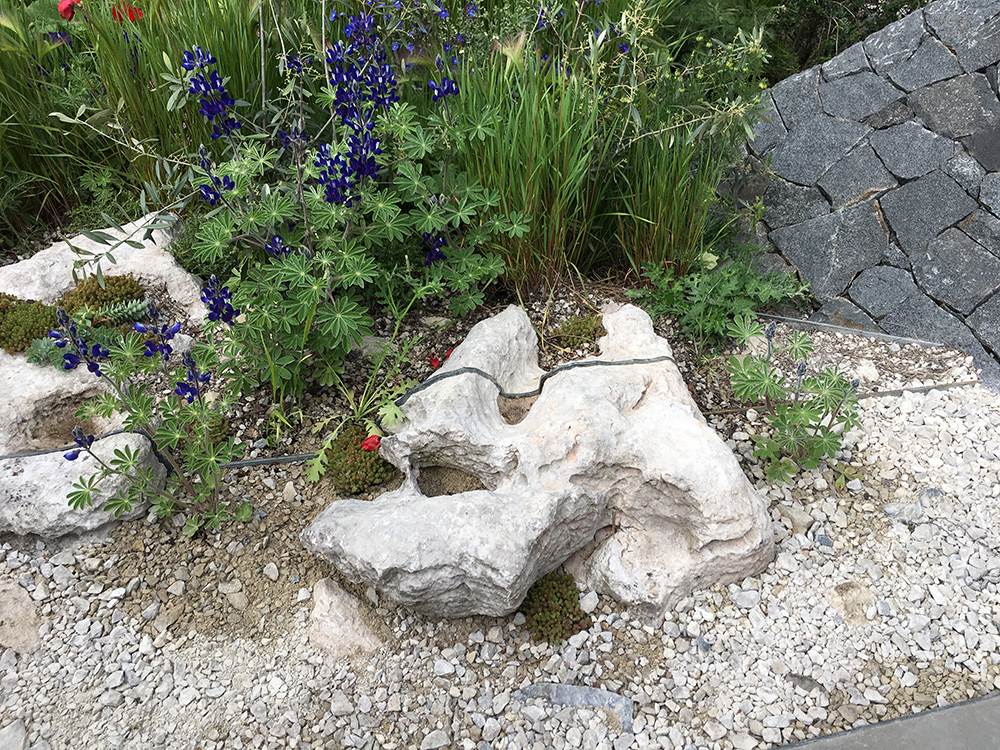
Gravel mulch
Cacti and succulents do quite well with gravel mulch. Although it is more costly initially, it needs to be refreshed much less frequently than wood mulch. One huge benefit of gravel mulch is that in a fire-prone area, the gravel is noncombustible and, unlike wood mulch, will slow down a fire. It would be especially beneficial in Fire Severity Zone 1, within the 30-foot perimeter around the house.
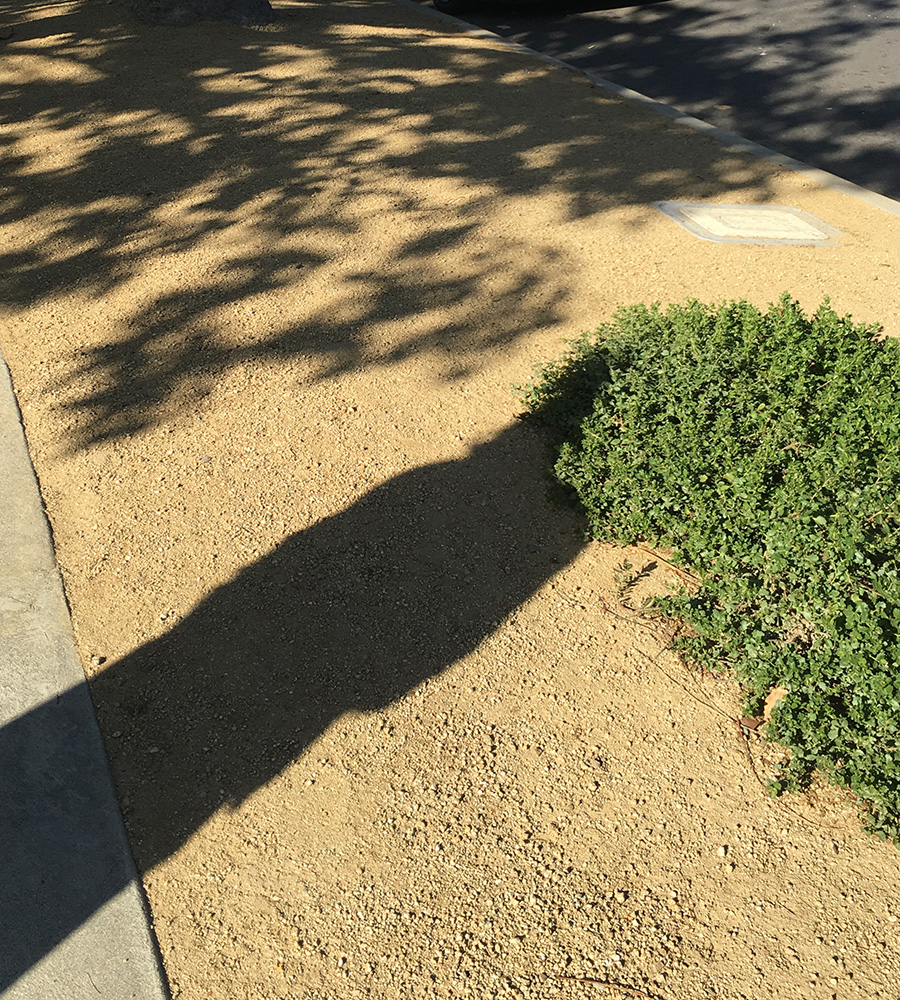
Decomposed granite
Decomposed granite, or dg, is another material that is commonly used as a mulch. It is especially popular in parkways (or devil strips) where it stays in place and doesn’t get kicked around. Since dg compacts more tightly than gravel or wood, it is less permeable, and it doesn’t allow the soil to breathe as freely. Dg is best utilized on level surfaces, whether as mulch or in pathways. Even with a stabilizer, which you should not add if you are using dg as mulch around plants, dg will run off in the rain. If you are landscaping for a rebate, check the regulations from your local water district, as some will not allow gravel or dg to be used as a mulch around the plants.
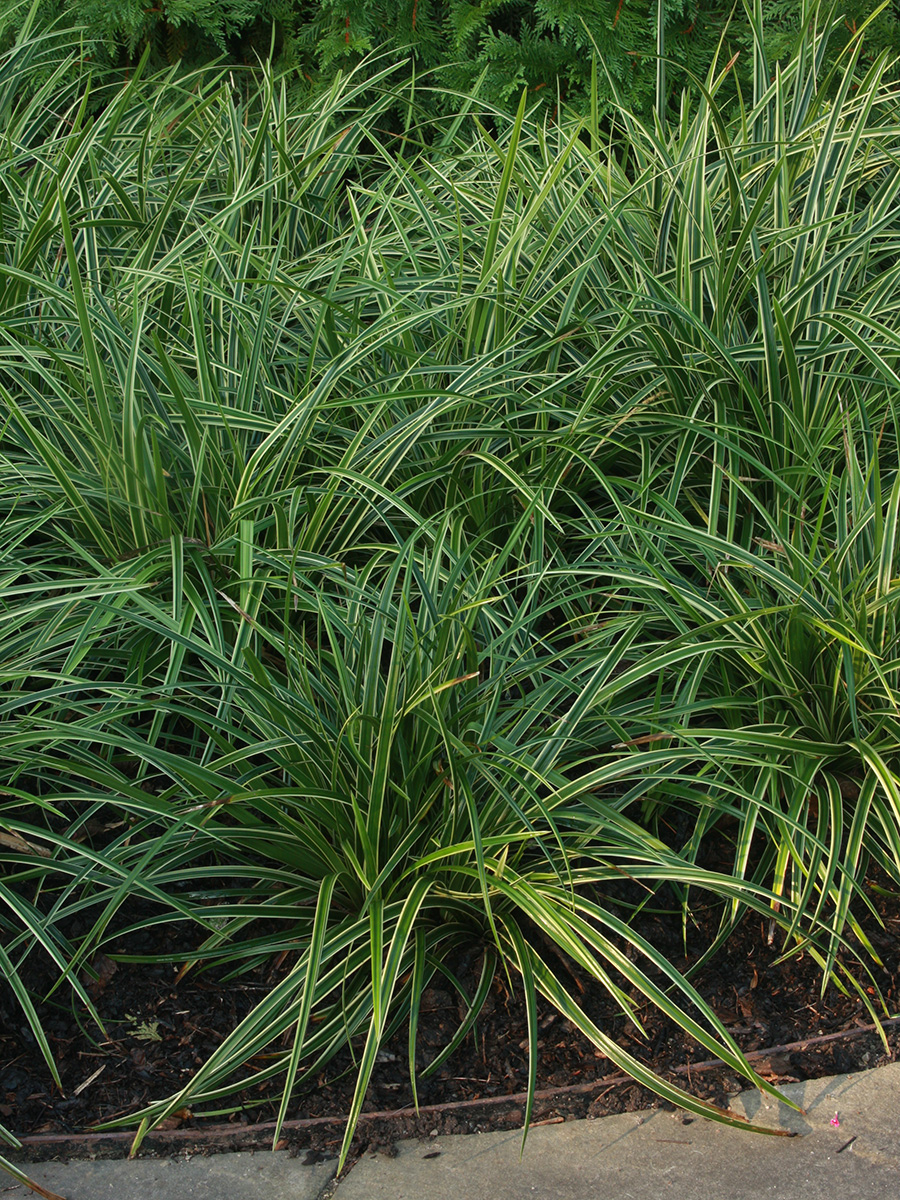
Ornamental grass clippings
Sedge (Carex spp. and cvs., Zones 3–10) and clippings from other ornamental grasses are quite useful as mulch in vegetable and herb beds. They will help retain moisture in the soil and are very easy to maneuver around. When you turn over your beds, you can just leave the clippings there and they will add to the organic matter. I let my clippings dry out somewhat before using them as mulch. My garden is also free of toxic chemical products, so there is no risk of contaminating the edibles from my clippings.
 |
 |
| Landscape fabric and plastic are harmful to soil ecosystems and look ugly to boot. Photos: Francesca Corra |
Landscape fabric and plastic sheeting
Please avoid the use of landscape fabric and plastic as a protective layer between the soil and the mulch. Both materials will inhibit the interaction of the mulch with the soil, and weeds will grow right up through the fabric. Both will be harmful to the organisms living in the soil. Mostly it will just end up getting ugly over time.
No matter what type of mulch you are using, keep it a fair distance from the trunks of trees and the bases of plants. Also, if you have the space, consider leaving some bare soil in places—just a couple of square feet—for ground-nesting bees.
—Francesca Corra, APLD, is a nationally certified landscape designer and owner of Dirt Diva Designs in Studio City, California.
Fine Gardening Recommended Products

SHOWA Atlas 370B Nitrile Palm Coating Gloves, Black, Medium (Pack of 12 Pairs)
Fine Gardening receives a commission for items purchased through links on this site, including Amazon Associates and other affiliate advertising programs.
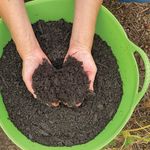
Gardener's Supply Company Large Garden Tubtrug
Fine Gardening receives a commission for items purchased through links on this site, including Amazon Associates and other affiliate advertising programs.
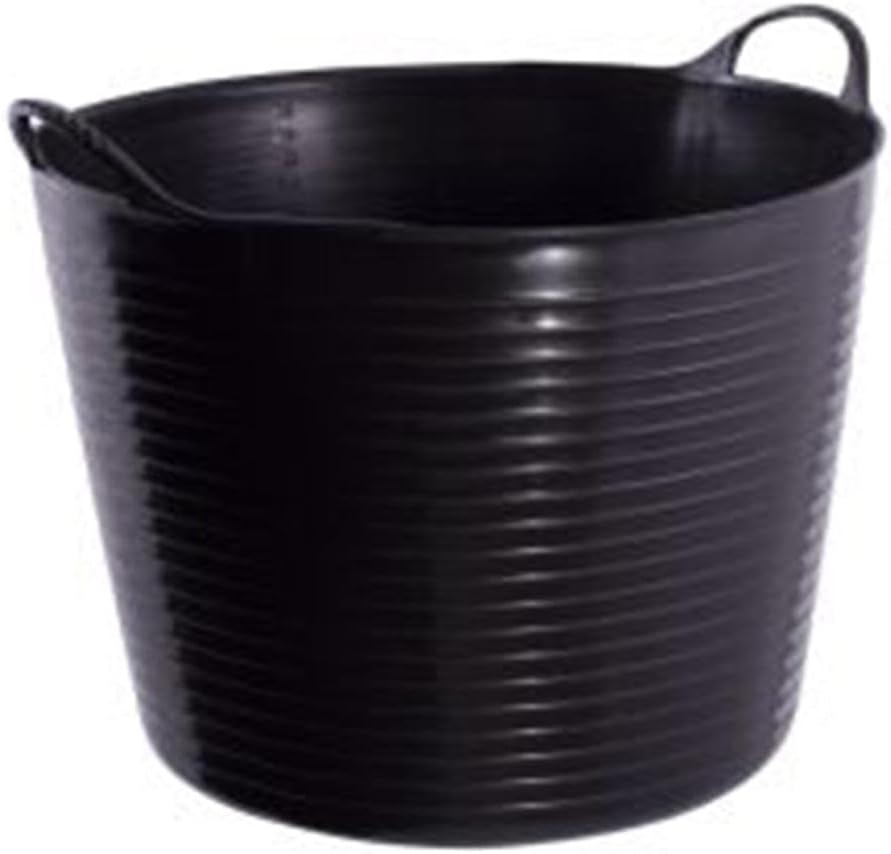
Tubtrugs SP42GBK Flexible Black Gorilla Large 38 Liter/10 Gallon Capacity
Fine Gardening receives a commission for items purchased through links on this site, including Amazon Associates and other affiliate advertising programs.



















Comments
Log in or create an account to post a comment.
Sign up Log in